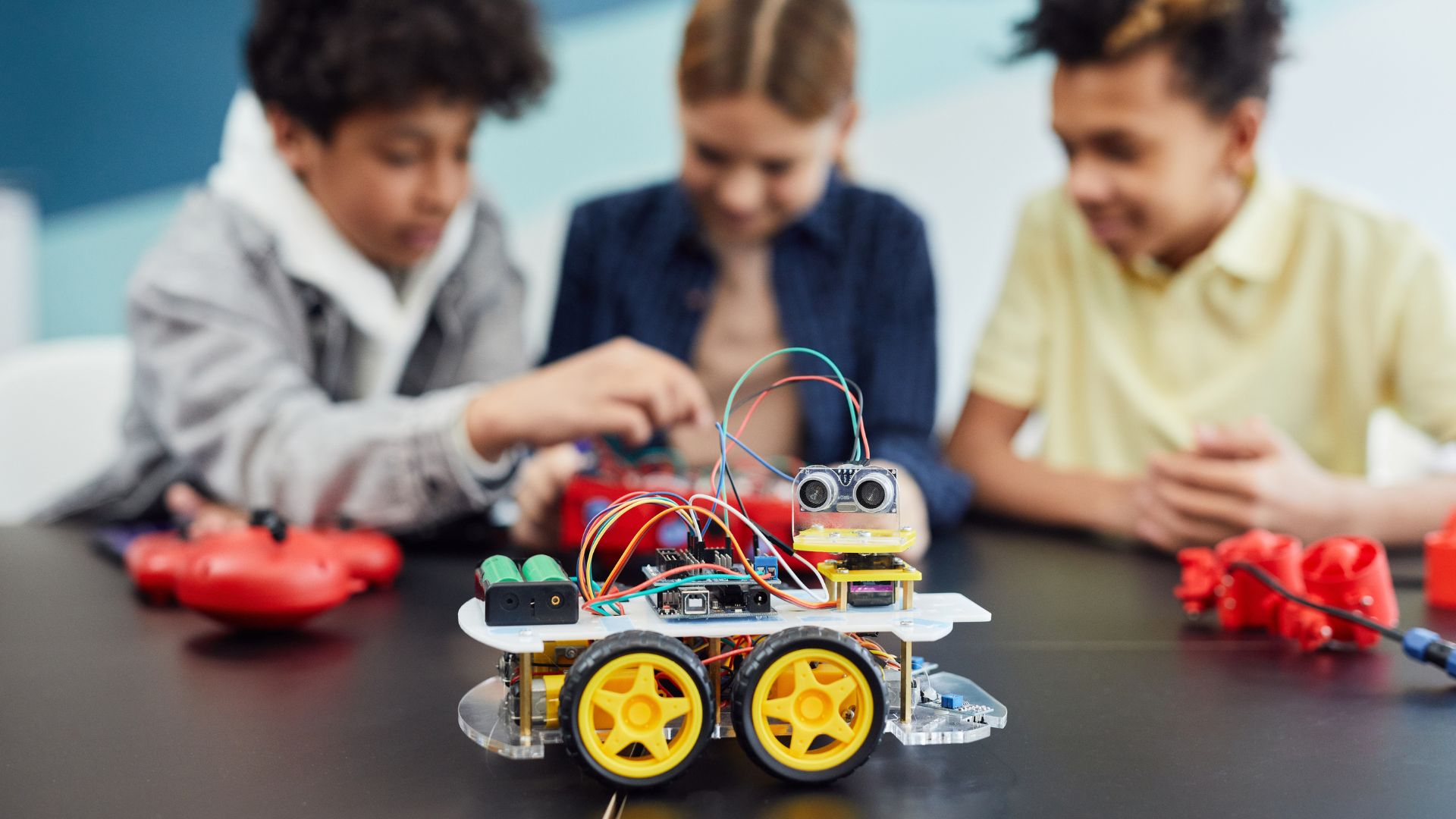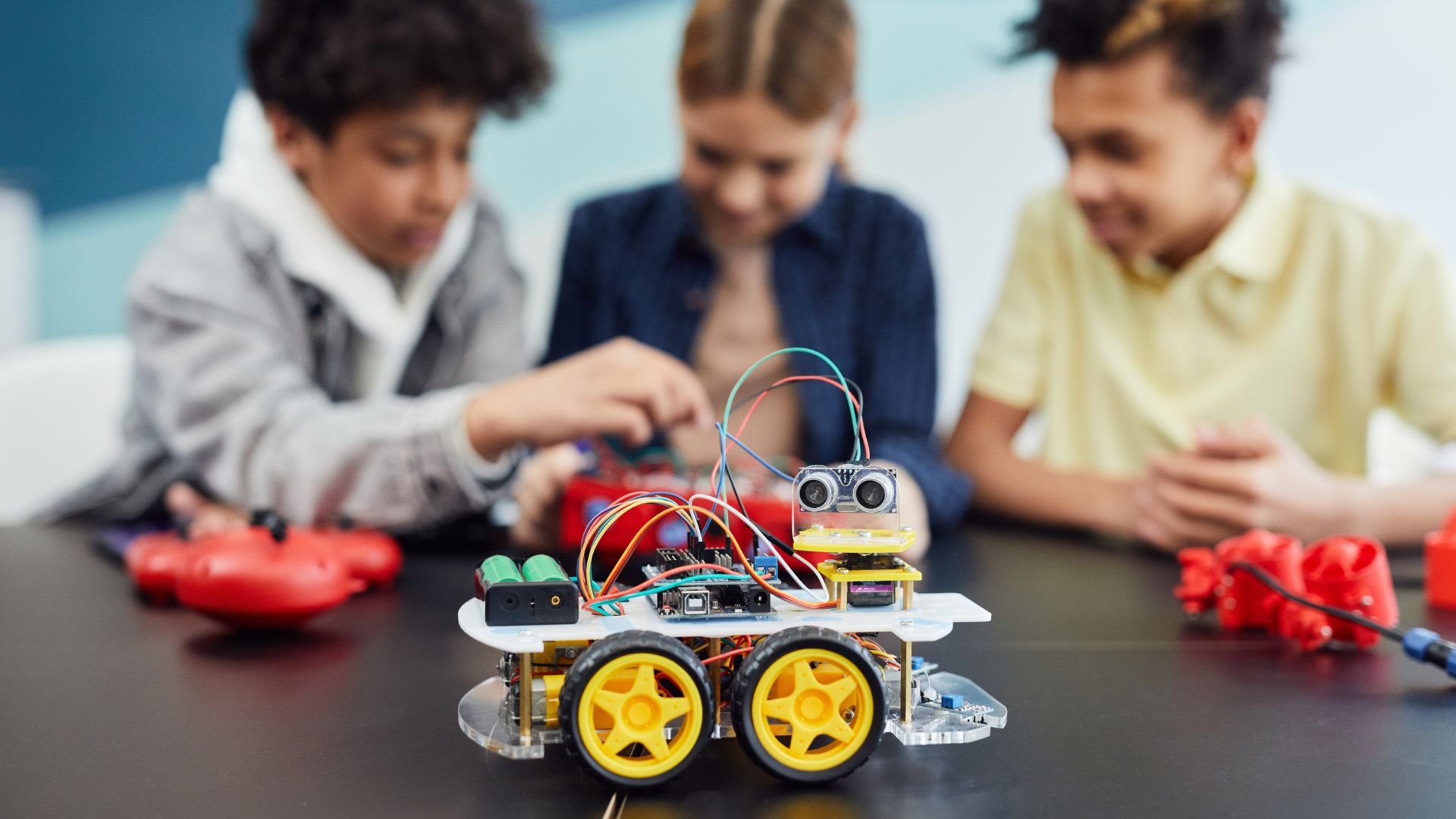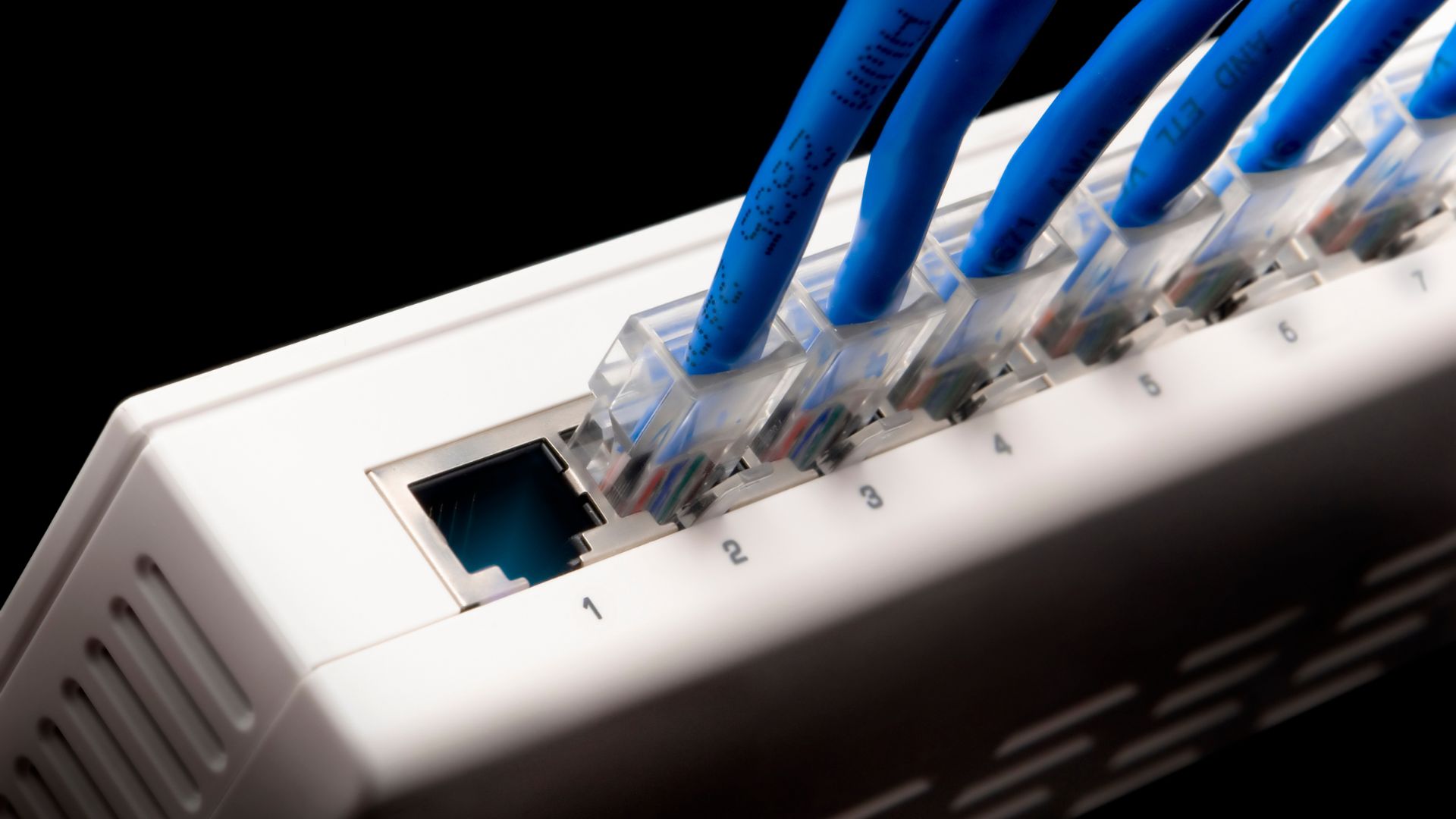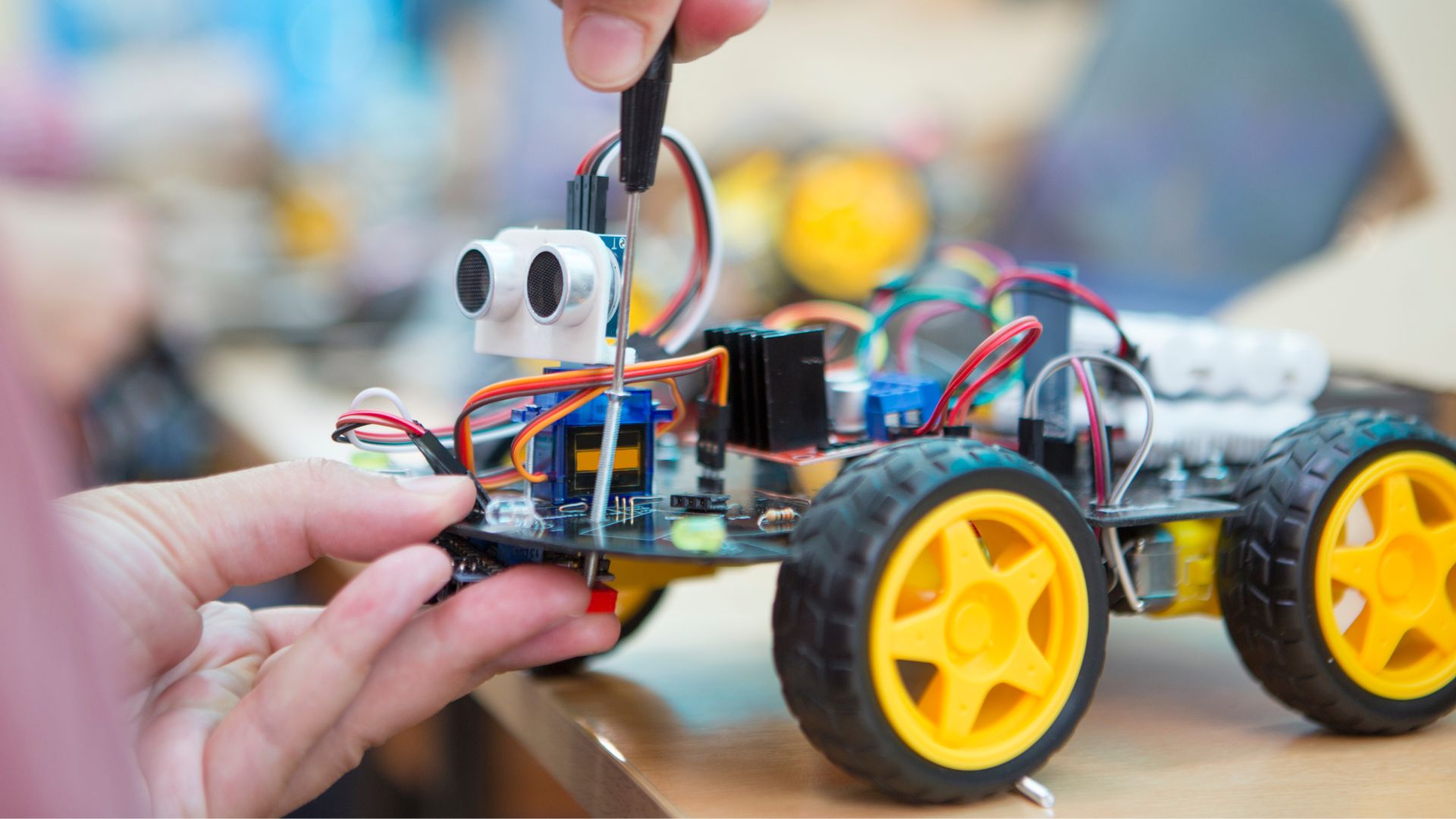Inspiring Young Minds: Teaching Robotics in Schools with Simple DIY Kits

Introducing robotics in schools is an excellent way to spark students' interest in STEM (Science, Technology, Engineering, and Mathematics). Hands-on robotics projects teach problem-solving, creativity, and teamwork, preparing students for future careers in technology and engineering. With simple DIY kits, even young learners can build functional robots while developing a fundamental understanding of electronics, mechanics, and coding.

Affordable and easy-to-assemble kits like LEGO Mindstorms, VEX Robotics, and Arduino-based bots are great choices for classrooms. These kits come with pre-built components and step-by-step guides, making them accessible to beginners. Teachers can use these kits to introduce concepts like motor control, sensors, and programming through engaging activities such as line-following robots, obstacle-avoiding bots, and remote-controlled machines.

One of the best ways to integrate robotics into education is through project-based learning. By assigning students real-world problems—such as designing robots for environmental cleanup or assisting disabled individuals—educators can encourage creativity and critical thinking. Coding platforms like Scratch and Blockly offer simple, drag-and-drop programming interfaces, making it easier for young students to develop software for their robots.

Expanding robotics education beyond the classroom through competitions like FIRST Robotics and RoboCup Junior further motivates students to innovate. These events provide hands-on experience in designing and programming autonomous systems, boosting confidence and teamwork skills. By incorporating robotics into school curricula, educators can inspire the next generation of engineers and problem solvers.



